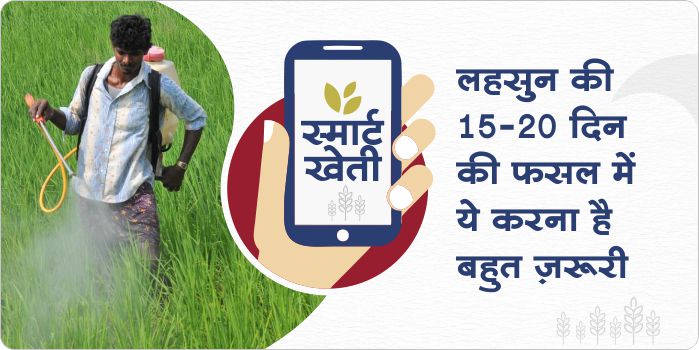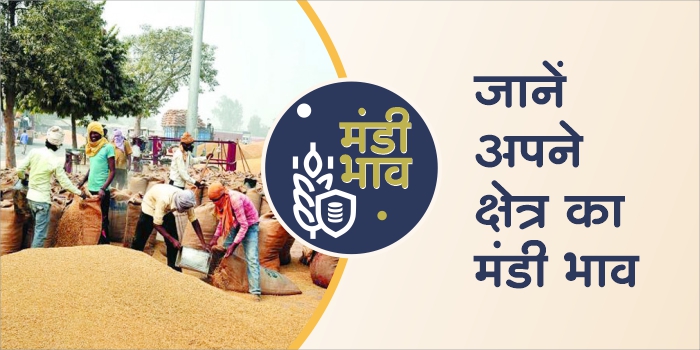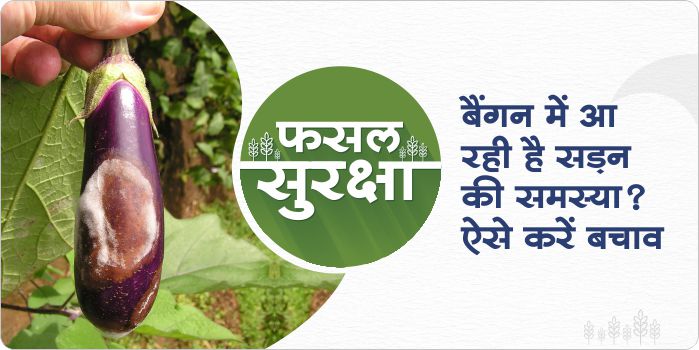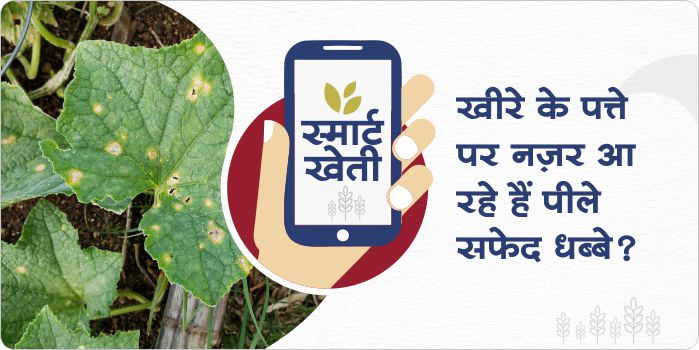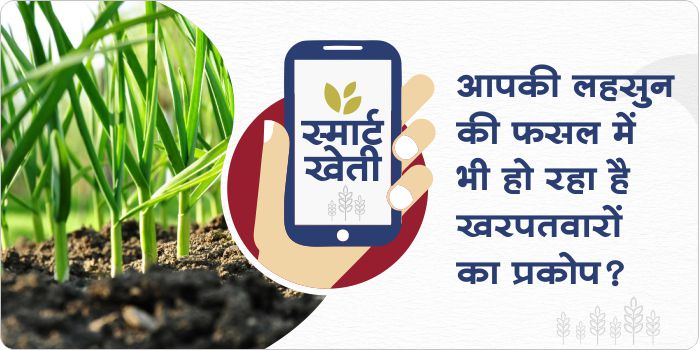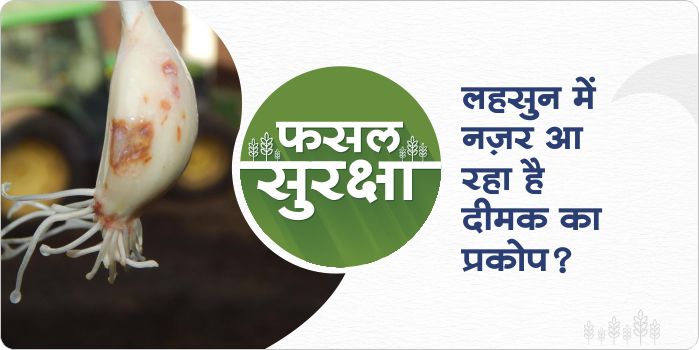- Periodic spray management is very important for the good production of garlic crops.
- With the help of these spray management garlic crops gets a good head start as well as receive the disease-free garlic crop.
- for prevention of fungal diseases use CARBENDAZIM 12% + MANCOZEB 63%WP @ 300 gram / acre
- as biological treatment Spray PSEUDOMONAS FLUORESCENS @ 250 gram / acre
- For pest control spray ACEPHATE 75 %SP @ 300 gram / acre.
- As a biological treatment spray BEAUVERIA BASSIANA @ 250 gram / acre
- For nutrient management, spray of SEAWEED @ 400 ml / acre or GIBBERELLIC ACID @ 300 ml / acre.
- Use a silicone-based sticker with every spray @ 5 ml / 15 liters of water.
Benefits of seed treatment with insecticide
- The germination capacity of the crop increases by treating seeds with fungicides. In the same way, seed treatment by insecticide increases the germination capacity of the crop.
- By treating the seeds with insecticide, the soil-borne pests in the crop, as well as the sucking pests, can be controlled
- Treating seeds with biological insecticide is beneficial for the prevention of termites and white grubs etc.
- Mainly use IMIDACLOPRID 48% FS and THIAMETHOXAM 30% FS is used for seed treatment.
How to manage wilt disease with biological treatment
- This disease is caused by bacteria and fungi, which cause a huge amount of damage to the crop.
- Symptoms of bacterial wilt, fungal wilt symptoms can be seen in all parts of infected plants.
- In the early stages of the infection, the leaves hang, the leaves turn yellow, then the whole plant dries up and dies.
- Drying starts as a cropped circle
- Soil treatment is the most effective way to prevent this disease.
- As a biological soil treatment, use MYCORRHIZA @ 4 kg / acre or TRICHODERMA VIRIDE @ 1 kg / acre.
- PSEUDOMONAS FLUORESCENS @ 250 gram / acre as spray .
- As a chemical treatment,use KASUGAMYCIN 5% + COPPER OXYCHLORIDE 45% WP @ 300 gram / acre or THIOPHANATE METHYL 70% W/W @ 250 gram / acre as drianching
- All these products can be mixed with 100 -50 kg FYM and do soil treatment.
Mandi Bhaw: What are the prices of cotton, wheat, maize and soybean in different mandis of MP?
The prices of cotton, wheat, maize, soybean, etc. crops in Bhikangaon Mandi of Khargone district under Indore division are Rs. 3600, 1585, 1070, and Rs. 3890 per quintal respectively.
Apart from this, wheat in Dhar agricultural produce mandi of Dhar district under Indore division is Rs 1830 per quintal, indigenous gram Rs 4910 per quintal, jowar Rs 1480 per quintal, dollar gram Rs 6030 per quintal, maize Rs 1050 per quintal, peas Rs 3460 per quintal, lentils Rs 4800 per quintal and soybeans 3920 per quintal.
Source: Kisan Samadhan
ShareFruit Rot in Brinjal
- Excessive moisture helps in the development of this disease.
- Aqueous dried spots appear on the fruits which later gradually spread to other fruits.
- The upper surface of the affected fruits turns brown on which white fungus is developed.
- Pick the leaves and other parts of the plant affected by this disease.
- for the prevention of this disease MANCOZEB 75 % WP @ 600 gram / acre, or KASUGAMYCIN 5% + COPPER OXYCHLORIDE 45% WP @ 300 gram / acre,
- HEXACONAZOLE 5% SC @ 300 gram / acre or STREPTOMYCIN SULPHATE 90%+ TETRACYCLINE HYDROCHLORIDE 10% W/W @ 30 gram / acre.
- Use PSEUDOMONAS FLUORESCENS @ 250 gram / acre or TRICHODERMA VIRIDE @ 500 gram / acre as a biological treatment.
Now ‘Kisan Rail’ will give 50% subsidy in the transportation of fruits and vegetables
Now farmers will be given subsidies of up to 50% in freight on sending fruits and vegetables by rail. This includes fruits such as mango, banana, guava, kiwi, litchi, papaya, orange, tangerine, lemon, pineapple, pomegranate, jackfruit, apple, almond, amla and rhubarb, and peas, bitter gourd, brinjal, carrot, capsicum, flowers The transportation of vegetables like cabbage, green chilies, cucumbers, legumes, garlic, onions, tomatoes, potatoes will be included.
This system of subsidy on freight movement of fruits and vegetables has been implemented from Wednesday. Not only the farmer but any person can take advantage of this subsidy and the farmer can send fruits and vegetables for only 50% of the fare through rail. It is worth mentioning that in the budget of this financial year, the government announced to run special parcel train ‘Kisan Rail’.
Source: Zee News
ShareAnthracnose disease in Cucumber
- Different symptoms are observed on leaves, petioles, stem, and fruits.
- On young fruits, numerous water-soaked depressed oval spots appear, which coalesce into bigger spots covering large areas.
- The spots are formed under humid conditions. Pink gummy secretion may also be seen on lesions .
- In this disease, similar symptoms are developed on the affected parts as in blight .
- Keeping the fields clean and adopting a proper crop cycle should prevent the spread of disease.
- Treat seeds with CARBENDAZIM 12% + MANCOZEB 63% WP @ 2.5 grams per kg of seeds.
- To prevent this disease, MANCOZEB 75 % WP @ 500 gram / acre or CHLOROTHALONIL 75% WP @ 300 gram / acre or HEXACONAZOLE 5% SC @ 300 gram / acre.
- as biological treatment. PSEUDOMONAS FLUORESCENS @ 250 gram / acre or TRICHODERMA VIRIDE @ 500 gram / acre
Madhya Pradesh leads in procurement of Rabi crops on MSP
According to data released by the Food Corporation of India, 43 lakh 35 thousand 477 farmers have availed the minimum support price for the purchase of rabi crops in the year 2020-21. 389.77 lakh metric tonnes of food grains have been procured including all farmers. Maximum 15 lakh 93 thousand 793 farmers of Madhya Pradesh have availed the minimum support price.
Punjab fell behind Madhya Pradesh this time in the production of wheat, the most prominent of the rabi crops. This is the reason why Punjab’s farmers have reached the second position this year in taking advantage of the minimum support price. According to FCI data, 10 lakh 49 thousand 982 farmers of Punjab have availed MSP for Rabi crop. Apart from this, 7 lakh 82 thousand 240 farmers of Haryana, 6 lakh 63 thousand 810 of Uttar Pradesh and 2 lakh 18 thousand 638 farmers of Rajasthan have availed minimum support price by selling their crops through फसी.
Source: Amar Ujala
ShareWeed control in garlic
- Timely weed management is very important for good crop production of garlic, for this it is very important to manage weeds in the following manner.
- pendimethalin 38.7% CS @ 700 ml/acre, is recommended for effective weed control in garlic after 3 days of sowing
- OXADIARGYL 80% WP @ 50 gram/acre is used for effective weed control after sowing 10-15 days of garlic
- PROPAQUIZAFOP 5% + OXYFLUORFIN 12% EC @ 250-350 ml/acre is used 25–25 days after sowing of garlic and also used in 40–45 days of sowing
How to control mite in garlic crop
- Symptoms of mite:- These pests are small and red in color, which is found in large quantities on the tender crop parts such as leaves.
- Webs are visible on the mite-infested plant. This pest attacks on the soft parts of the plant by sucking the sap and eventually killing the plant.
- The following products are used to control mites in garlic crops.
- PROPARGITE 57% EC 57% EC @ 400 ml / acre or SPIROMESIFEN 22.9% SC @ 200 ml / acre or ABAMECTIN 1.9 % EC @ 150 ml / acre.
- as a biological treatment Use METARHIZIUM ANISOPLIAE @ 1 kg / acre as a biological treatment

